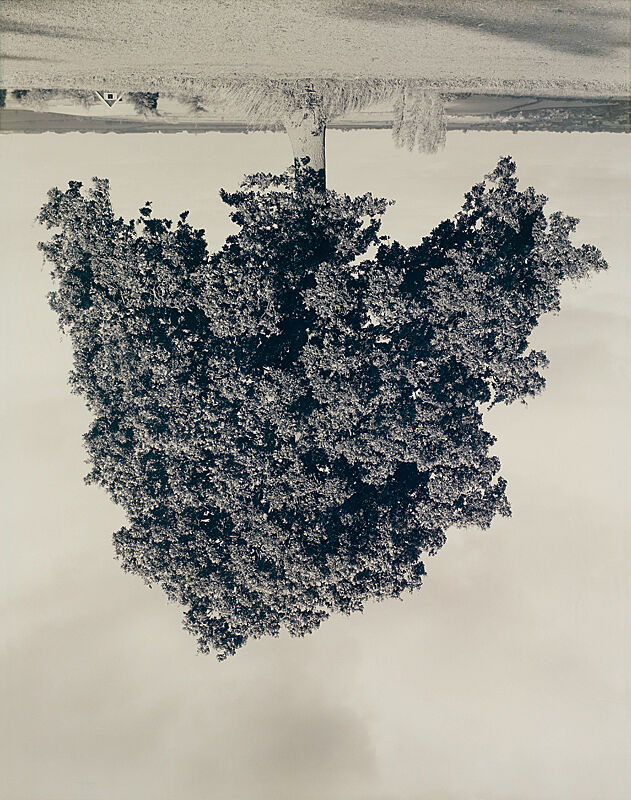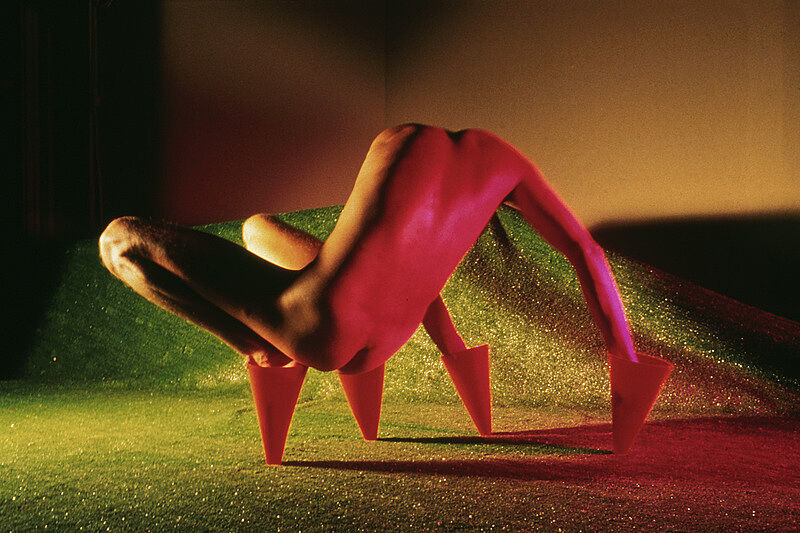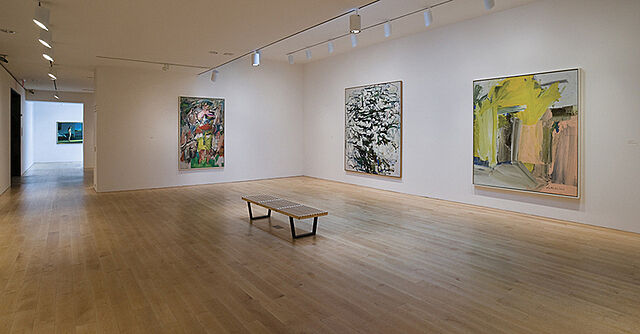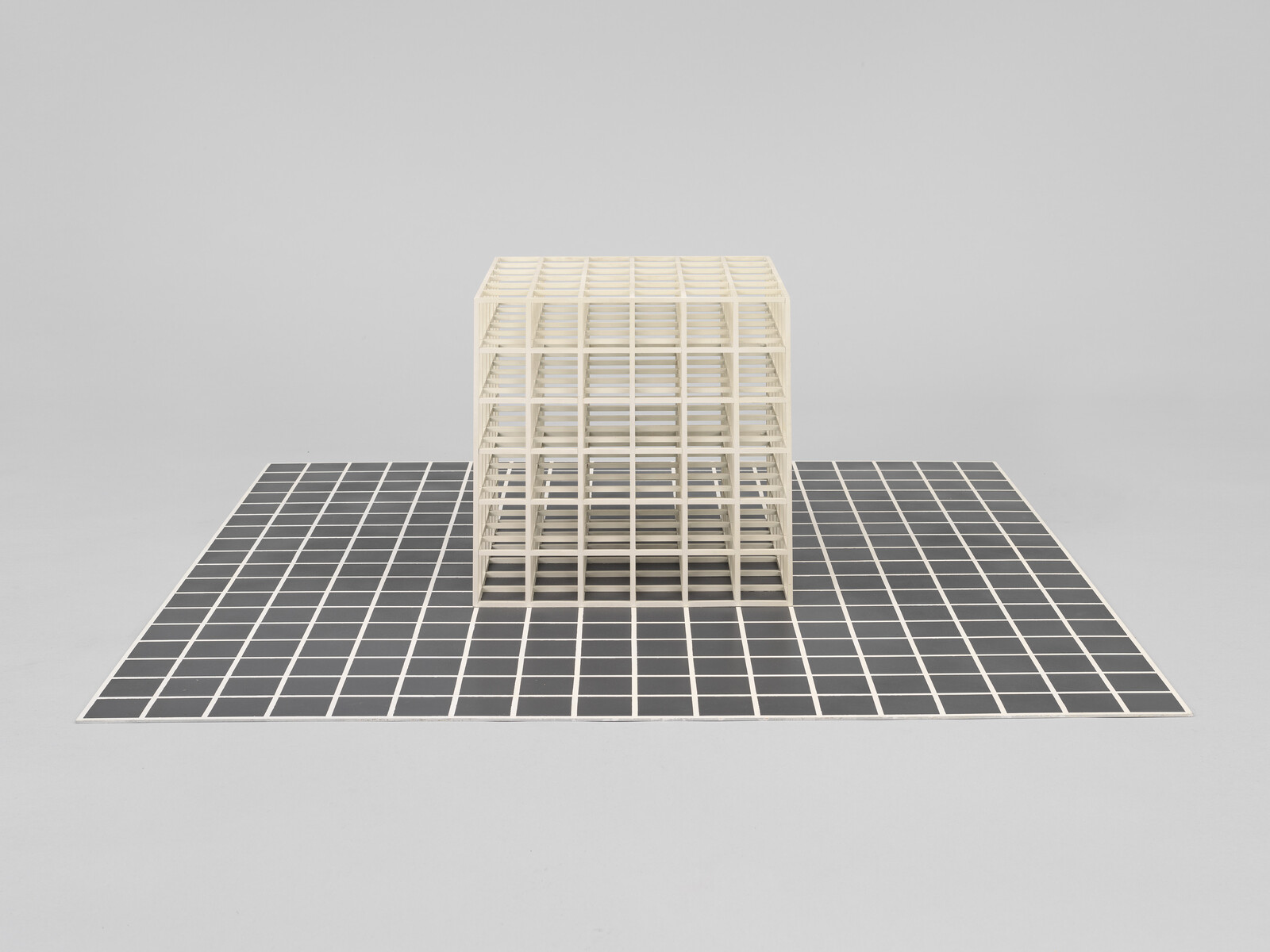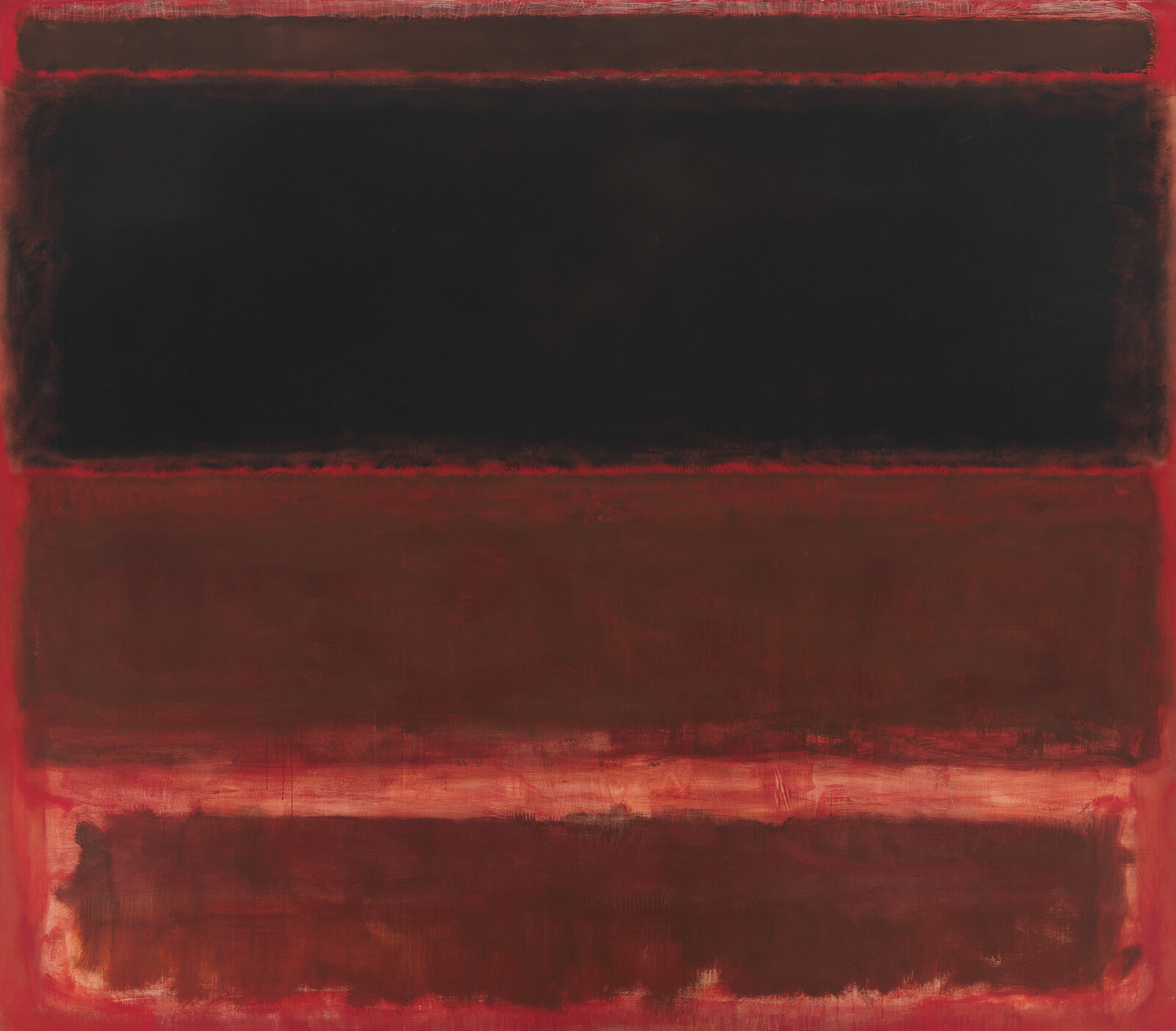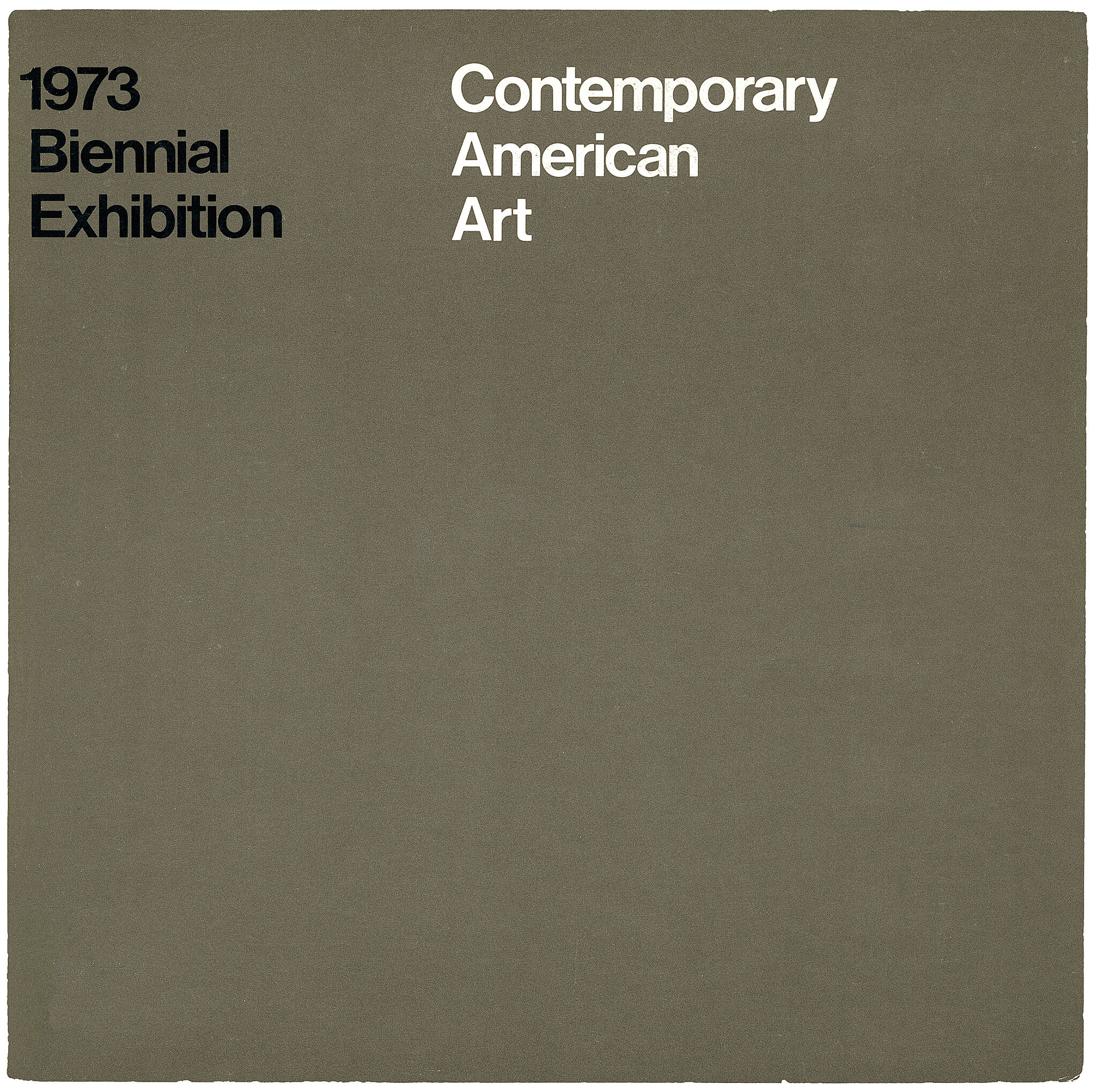Carl Andre
1935–2024
In the mid-1960s Carl Andre began making three-dimensional works using materials such as wood, bricks, metal, and precut stone, ordered directly from suppliers. His commitment to utilizing standardized elements and modular, repeating units aligned his practice with Minimalism, yet he preferred to call himself a “post-studio artist” because he conceived and arranged his works on site, in gallery settings, private homes, or public spaces. Instead of viewing the sculptural material as something to be cut into, Andre determined rather to “use the material as the cut in space.” He rejected traditional sculpture’s vertical orientation and its relationship to upright human bodies. Horizontal works, he argued, “run along the earth,” like a road, and indeed his floor works are meant to be walked upon. In fact, the artist once described the road as his “ideal piece of sculpture.”
Twenty-Ninth Copper Cardinal is composed of twenty-nine copper plates arranged one after the other, extending outward from the base of a wall in a straight line along the floor. This narrow, flat sculpture belongs to a larger series of Copper Cardinal works, begun in 1973. The configuration of each work in the series—either linear, square, or rectangular—depends on the number of units designated for it. Prime numbers of units, such as twenty-nine, are always placed in a line, whereas divisible numbers of units are arranged in rectangles or squares. By allowing spectators to walk on his floor pieces, Andre extends the viewer’s perceptual and physical understanding of sculpture. When standing toward the middle of Twenty-Ninth Copper Cardinal, the sculpture can appear to fall out of view or to extend beyond its visible boundaries.
Introduction
American minimalist sculptor whose early work was influenced by Constantin Brancusi, but changed dramatically after he worked on the railway for several years. Andre studied at the Phillips Academy and Kenyon College. In the late 1950s, Andre began creating sculptures, using commercially available materials such as timber, styrofoam, cement blocks, and hay. In addition to being an artist, Andre wrote poetry and was a conductor for the Pennsylvania Railroad. After 1965, his sculptures consisted mainly of 'floor pieces,' consisting of individual units of industrial materials placed directly on the floor in patterns that were inherent to the size and shape of the units themselves. In the 1970s, Andre created many large-scale installations and currently continues to emphasize placement, environment, and materials in his art. His career was marred by the accusation that he played a role in the death of his wife, the Cuban-American artist Ana Mendieta, in 1985.
Country of birth
United States
Roles
Artist, painter, poet, sculptor
ULAN identifier
500011651
Names
Carl Andre, Carl George Andre, Carl André
Information from the Getty Research Institute's Union List of Artist Names ® (ULAN), made available under the ODC Attribution License. Accessed December 18, 2025.


